by
Veronique Wildi
| 9月 11, 2025
We are excited to share with you the exceptional capabilities of Ceramaret SA in delivering high-precision parts in technical ceramics, tailored for analytical and metering applications.
Ceramaret's expertise in high precision technical ceramic components for analytical and metering applications
Ceramaret SA, a Swiss company, is at the forefront of manufacturing high-precision components from advanced ceramics such as Alumina, Zirconia, Silicon carbide, Silicon nitride, synthetic Sapphire, and Ruby. We specialize in delivering parts that meet the stringent requirements of analytical and metering applications.
Analytical Applications. Excellence in HPLC and GC Components
In the field of High-Performance Liquid Chromatography (HPLC) and Gas Chromatography (GC), precision and reliability are paramount. Ceramaret’s ceramic components are engineered to withstand the demanding conditions of these systems. Our materials, including Zirconia and Alumina, offer exceptional wear resistance and chemical stability, ensuring consistent performance and longevity.
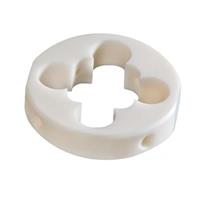 |
 |
| Quadrupole |
Rotors and stators for HPLC rotary valves |
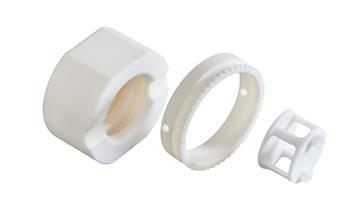 |
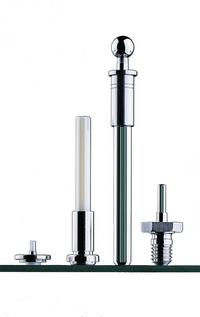 |
| Ceramic interplates and connections |
Ceramic and Sapphire pistons for HPLC pumps |
Explore our HPLC and GC solutionshere.
Metering Applications. High Precision and Durability
For fluid handling and metering applications, Ceramaret provides ceramic parts that deliver unmatched precision and durability. Those components are designed to handle aggressive fluids and high pressures, making them ideal for applications where accuracy and reliability are critical.
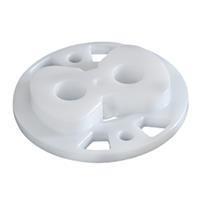 |
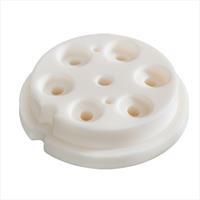 |
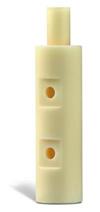 |
| Wear part for Metering Pumps |
Distribution Plate |
Piston-Liner |
Discover our metering solutions here.
Why choose Ceramaret ?
- High Precision: Our advanced ceramics are manufactured to the tightest tolerances, ensuring optimal performance.
- Material Excellence: We use superior materials like Zirconia, Alumina, Silicon carbide, and Silicon nitride.
- Expertise: Our skilled team leverages decades of experience to meet and exceed industry standards.
- Quality Assurance: Rigorous quality control processes guarantee the highest level of product reliability.
For more information on how Ceramaret can enhance your analytical and metering systems with high-precision ceramic components, visit our website at Ceramaret.
Do you want to produce ceramic parts? Ask our specialists for advice. Based on our extensive technical experience, we help you to choose the right material and to design robust, reliable and safe products with outstanding properties.
Contact us